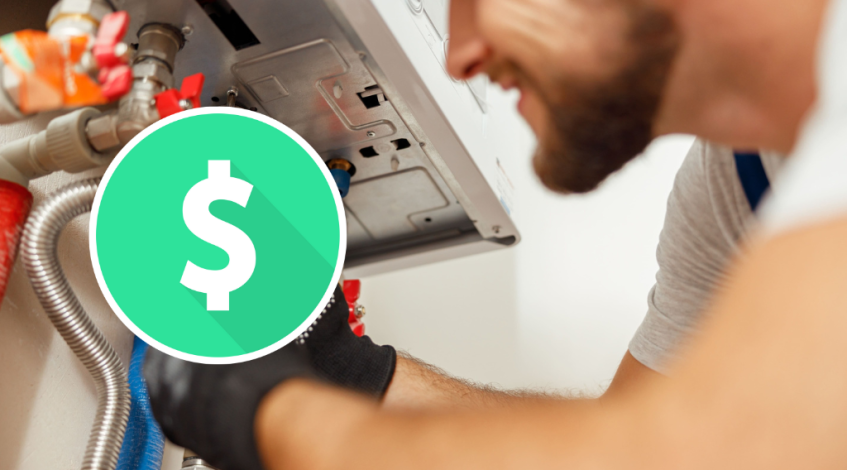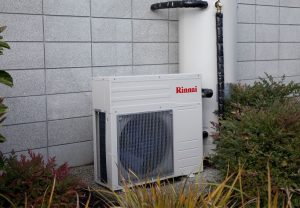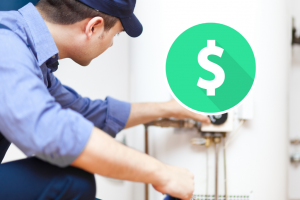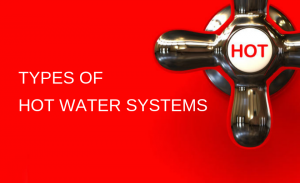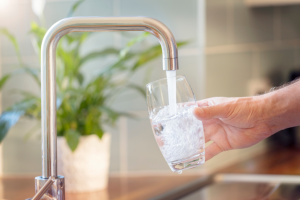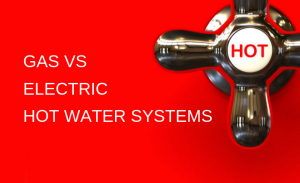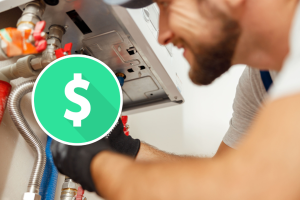Are you replacing a faulty system? Planning a new build? No matter why you’re in the market, understanding hot water system prices is more than just comparing the price tags on units. There are multiple factors at play, including:
- Installation fees
- Running costs
- Maintenance
- Rebates … and more.
In Best Plumbers Club’s exclusive hot water system pricing guide, we’ll break down the real costs of owning a hot water system in Australia in 2025. Whether you’re weighing up electric vs gas, or wondering if solar is worth it, we’ll walk you through what to expect – and how to save money in the long run.
Average hot water system prices in Australia (2025)
Let’s start with ballpark figures. As of July 2025, here’s what Australians are paying for supply and install (standard setup, no surprises):
Electric storage (250L): $1,000-$1,800
Gas storage (135-170L): $1,200-$2,200
Gas instantaneous: $1,400-$2,500
Electric instantaneous: $1,500-$2,600
Heat pump: $2,500-$4,000
Solar (electric boosted): $3,500-$6,500
Keep in mind that these prices vary based on the brand of hot water system, size of the unit, features, and installation complexity.
Don’t forget installation costs
Hot water system prices often exclude labour and extras. Hot water installation costs in Australia can range from $400 to $1,200, depending on:
- Whether the job is a straight swap or needs rerouting pipes
- The location of your system (ground level vs tight cavity)
- Upgrading electrical circuits or gas lines
- Installing tempering valves (mandatory for new installs).
A good plumber will provide a full fixed-price quote so you know exactly what you’re paying.
What about running costs?
Choosing a cheaper unit might mean higher bills over time. Based on up-to-date figures, here’s how average ongoing energy costs compare (per year):
Electric storage (continuous): $1,748
Electric storage (controlled load): $980
Gas storage (natural gas): $1,265
Gas instantaneous (natural gas): $1,265
Gas instantaneous (LPG): $1,297
Electric instantaneous: $1,459
Heat pump: around $450
Solar (electric boosted): around $490.
As you can see, solar hot water and heat pump systems offer the lowest yearly costs – although they come with higher upfront investment.
Rebates can lower your costs
In most states, solar and heat pump hot water systems are eligible for STC rebates (Small-Scale Technology Certificates), which can slash hundreds off the purchase price. Some state-based rebates may also apply if you’re replacing an inefficient system. Check local energy efficiency programs or ask your plumber – they’ll often handle the paperwork for you.
Choosing the right system = Cost savings
Oversized systems waste energy. But undersized systems run out of hot water! Here’s how to keep hot water system prices down by choosing the right hot water size the first time:
Small households (1-2 people): Instantaneous systems or small storage tanks (80L-125L)
Medium households (3-4 people): 160L-250L electric hot water or gas hot water storage, or mid-range heat pump
Large households (5+): 300L+ tank systems or high-capacity solar + booster
Also consider:
Gas availability: If you’re not already connected, gas installation adds extra cost.
Solar aspect: If your roof faces the right way, solar might pay off faster.
Local water quality: Some regions like Brisbane have hard water, which affects longevity of systems. Hence local specialists like S&J Hot Water recommend regular maintenance and system flushing.
How to keep running costs sown
Here are a few simple tips to reduce hot water costs year-round:
- Install a timer or use controlled load electricity if available
- Fix hot water leaks quickly – even small drips add up
- Insulate your pipes and tank to prevent heat loss
- Adjust temperature settings – 60°C for storage, 50°C at taps is ideal
- Use water-efficient showerheads and appliances
- Service your system every 2-3 years to keep it efficient and avoid costly breakdowns.
Repair costs – What to expect
Sometimes, repairs are cheaper than full replacements. Here’s a rough guide:
- Thermostat or element replacement (electric): $150-$300
- Anode rod replacement: $200-$350
- Gas valve or burner replacement: $250-$450
- New tempering valve: $200-$300
- Pipe leak repairs: $150-$600 depending on access.
However, if your system is more than 10 years old and showing multiple issues, replacing it often makes more financial sense long-term.
Environmental costs matter too
Energy-efficient systems don’t just lower your bills – they reduce your environmental footprint. Heating water is one of the top energy uses in Aussie homes, so switching to solar, heat pump, or gas (instead of electric storage) makes a big impact. And with gas prices slowly rising, more households are looking to long-term sustainable alternatives.
Remember – It’s not just about the sticker price
Yes, comparing hot water system prices is important. But it’s just the start. Also factor in:
- Installation complexity
- Energy source availability
- Ongoing running and servicing costs
- Government rebates
- Property type and household size.
That’s how you’ll get the right system – not just the cheapest one.
Need help choosing the right system?
At Best Plumbers Club, we don’t just list names – we connect you with trusted local plumbers who put your needs first. The plumbers in our network will guide you through:
- Costs and budget considerations
- Your household’s usage patterns
- The most efficient energy options for your situation
With upfront pricing, professional installation, and reliable servicing, our verified members make sure your hot water system is done right the first time. Reach out to us today and be confident you’re in the hands of a highly recommended local expert.

